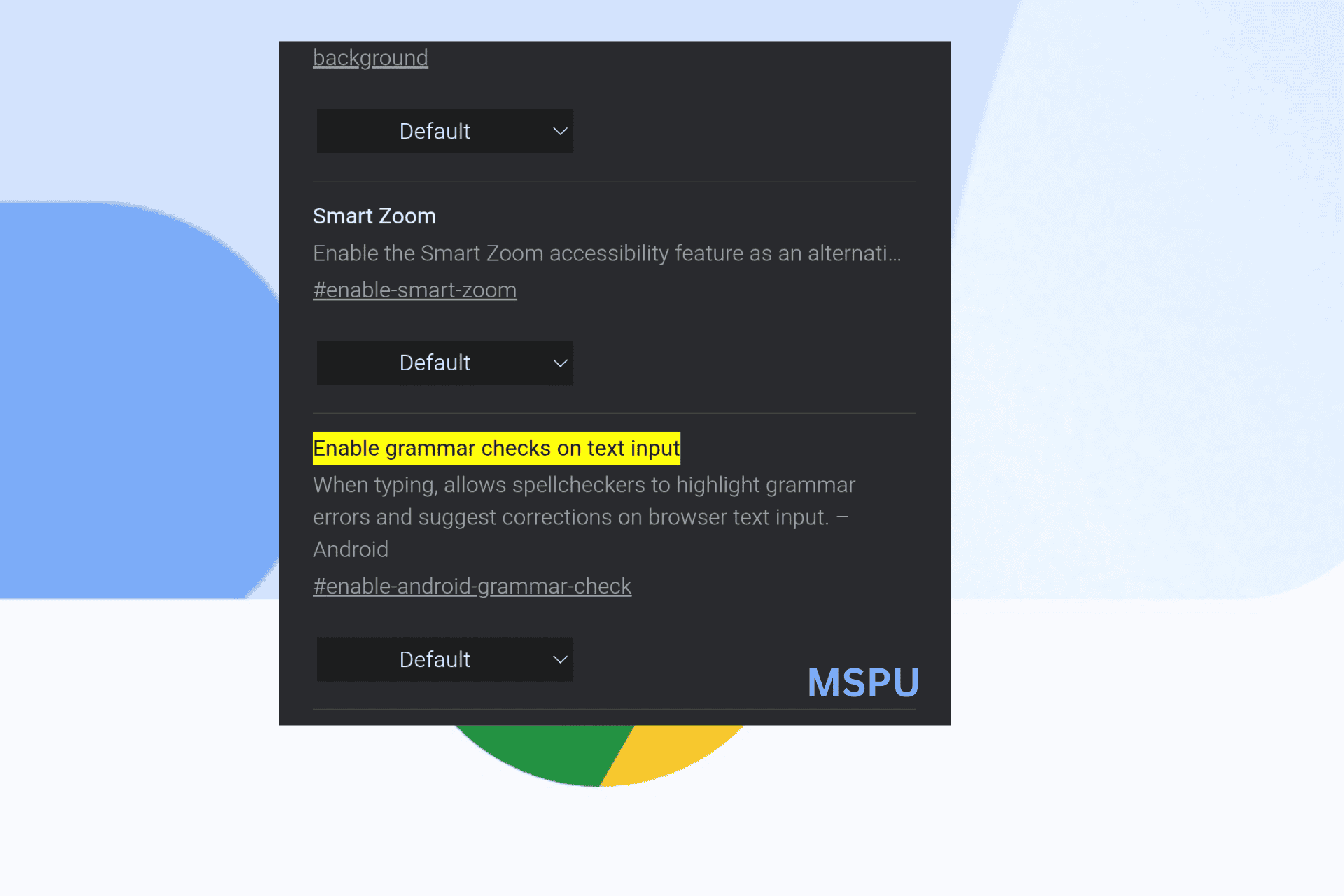Chrome Android Will Soon Catch Your Grammar Mistakes

#Chrome #Android #Catch #Grammar #Mistakes
Readers help support MSpoweruser. We may get a commission if you buy through our links.
Read our disclosure page to find out how can you help MSPoweruser sustain the editorial team Read more
After adding the ability to move the address bar to the bottom, Google is now making it easier to write clearly and correctly on your Android phone when using Chrome. A new feature, currently under development, will enable Chrome to check your grammar in real-time as you type in forms, comment boxes, and email fields.
Currently, Chrome on Android doesn’t perform much of the grammar checking itself. Basic spellcheck is handled by your phone’s keyboard, like Gboard or SwiftKey, but not the browser. Gboard, for example, can catch simple typos and offer suggestions, but the corrections stop there.
Unlike on desktop, Chrome for Android currently lacks:
- A built-in spellcheck or grammar engine
- The option to toggle languages or enable enhanced spellcheck from within Chrome settings
- Support for browser extensions like Grammarly, which are commonly used for grammar help on desktops
That’s why Google’s latest change is important. The company has added a new experimental flag in Chrome Canary.
The flag named “Enable grammar checks on text input” is described as “When typing, allows spellcheckers to highlight grammar errors and suggest corrections on browser text input.”

This reveals early work on native grammar support inside the browser itself. Just like on desktop, Chrome Android could soon highlight grammar issues as you type and offer direct suggestions; no third-party keyboard is required.
The feature isn’t working yet, even with the flag enabled. Once active, it could make a big difference when writing online for emails, form entries, or posting on websites, without needing tools like the Grammarly keyboard or similar apps.
Alongside grammar checking, Google is testing Browser data import on Android, letting you bring over bookmarks, passwords, and history from other mobile browsers, similar to how it works on desktop. They’re also testing Media indicators for Android tablets, which make it easier to identify tabs playing audio or video.
All these features are still under development in Chrome Canary and may take some time to appear in stable builds.